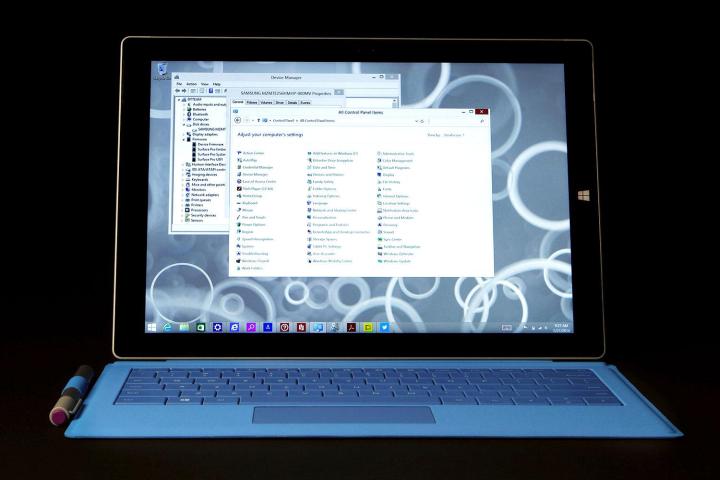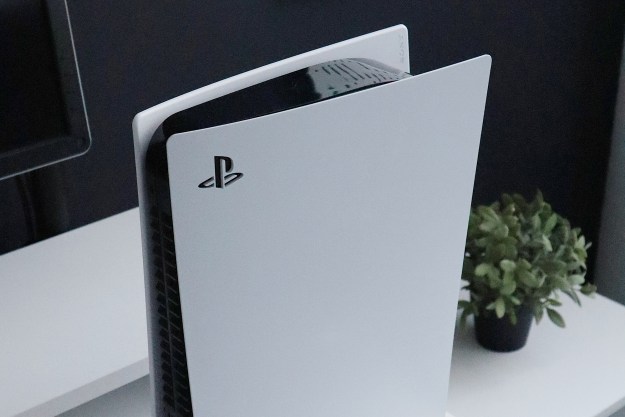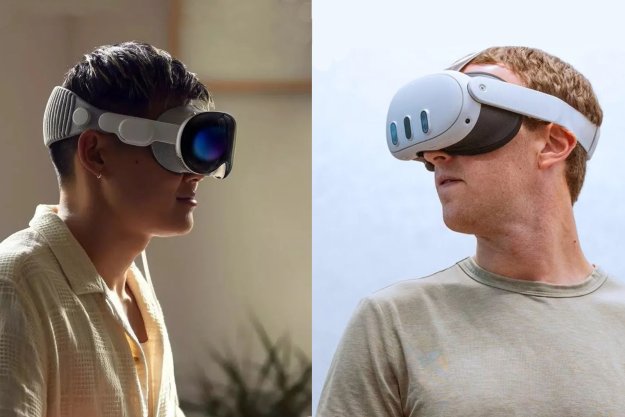
Check out our full written Micosoft Surface Pro 3 review.
When Microsoft revealed the Surface Pro 3 on Tuesday, one of the things we noticed immediately was the lack of detailed information regarding the CPUs stuffed into all five flavors of the laptop/slate hybrid. According to ZDNet, we know a lot more now.
The $799 Surface Pro 3 sports a 1.5 GHz Intel Core i3-4020Y processor with a built-in Intel HD Graphics 4200 GPU. Meanwhile, the high-end $1,549 and $1,949 versions of the Surface Pro 3 are reportedly powered by an Intel Core i7-4650U CPUs running at 1.7 GHz. This processor has an Intel HD Graphics 5000 GPU baked into it.
Microsoft documentation initially revealed that the 4th-generation Intel Core i5 processor offered with two mid-range Surface Pro 3 models would be a 4300U processor clocked at 1.6 GHz, with an Intel HD Graphics 4400 GPU built in. Considering that two versions of the Surface Pro 3 would run on a Core i5 CPU, that meant there were three models, the $799, $1,549, and $1,949 versions, were shrouded by a cloud of mystery on the CPU front. Not anymore though, assuming ZDNet’s information is accurate.
As a side note: Though Microsoft documentation indicates that the 4300U CPU runs at 1.6 GHz, this Intel site states that it’s actually clocked at 1.9 GHz.
For what it’s worth, we compared the $1,949 Surface Pro 3 with the 13-inch MacBook Pro with Retina, which is priced at $1,999. It’s worth noting that, though the latter costs an extra $50, its Intel Core i7 CPU is clocked at 2.8 GHz. That’s a clock speed difference of 1.1 GHz when compared to the most powerful Surface Pro 3.
We reached out to Microsoft about detailed CPU specs earlier in the week, but never got a response.
What do you think? Sound off in the comments below.
Editors' Recommendations
- Surface Pro 10: all the major changes rumored for the new model
- Best Buy just knocked $440 off this Surface Pro 9 with keyboard
- Best Surface Laptop and Surface Pro deals: From $450
- Microsoft Surface Laptop 5, Surface Pro 9 heavily discounted today
- These are all the must-try apps for your Meta Quest 3


